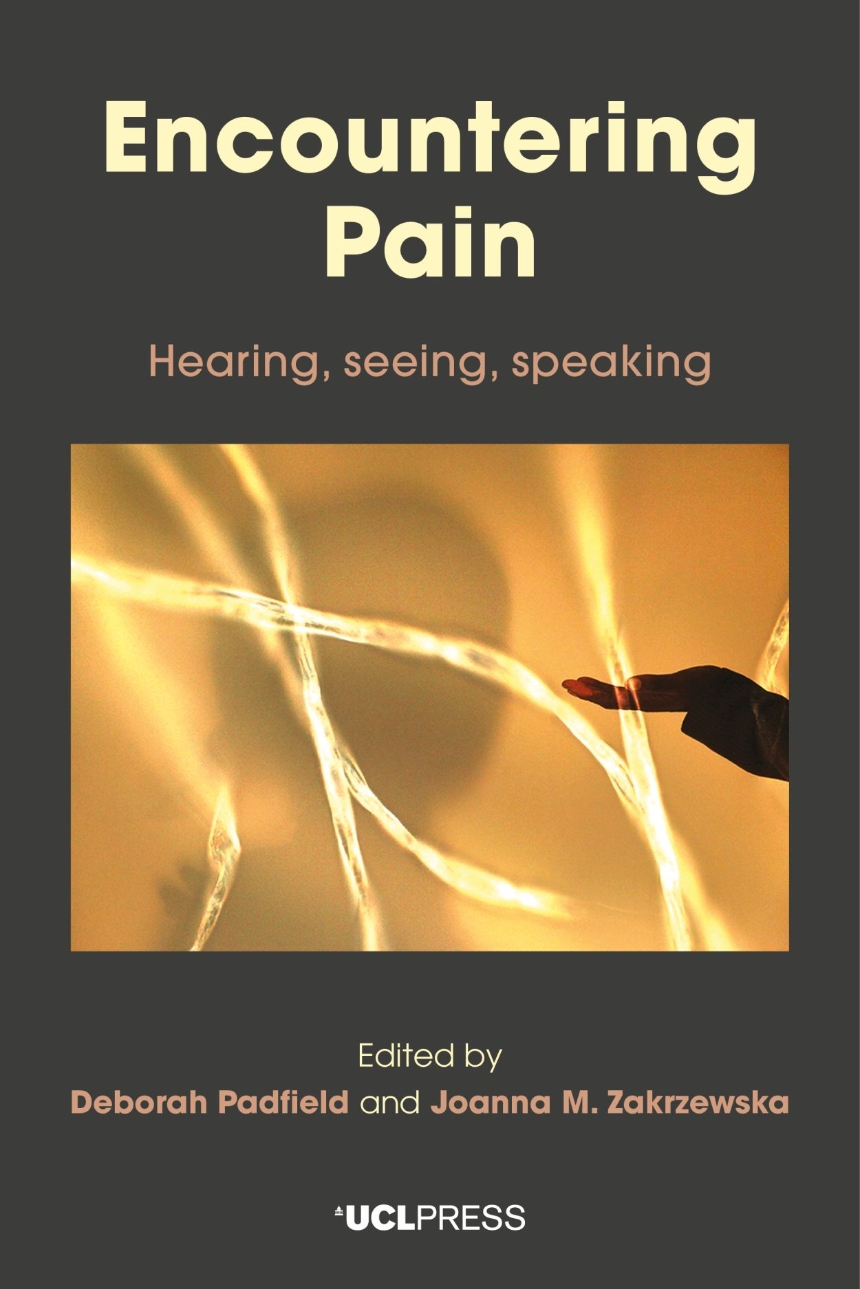What is pain—and how do we communicate it? Persistent pain changes the brain and nervous system so that it can no longer warn of danger. However, despite being a major cause of disability globally, pain remains difficult to communicate. As language struggles to bridge the gap between those who suffer from pain and those who are trying to help, this book shares leading research into the potential value of visual images and non-verbal forms of communication as means of improving interactions between clinicians and their patients. Accompanied by vivid photographs co-created with those who live with pain, the volume integrates the voices of leading scientists, academics, and contemporary artists to provide a manual for understanding the meanings of pain for healthcare professionals, pain patients, students, academics, and artists.
444 pages | 72 color plates | 6.14 x 9.21 | © 2020
Free digital open access editions are available to download from UCL Press.
Art: Photography
Reviews
Table of Contents
List of figures
List of tables
Notes on contributors
Acknowledgements.
Preface
Rita Charon
Introduction I
Deborah Padfield and Joanna Zakrzewska
Introduction II What is pain? A neurobiological perspective
Maria Fitzgerald
Section I Hearing
1. How to listen for the talk of pain
Rita Charon
2.Testimonies from those living with Pain:
(i) Liz Aldous
(ii) Ann Eastman
(iii) Alison Glenn
3. Approaches to Images: an art therapist’s perspective on photographic images of pain used to communicate the experience of pain in medical consultations
Helen Omand
4. Pleurisy I to V
Rebecca Goss
5. From boardroom to consulting room to jobcentre plus: the bureaucracies of pain
Jens Foell
6. Living with TN: interview from pain under the microscope
Chandrakant Khoda
7. Karuna
Anusha Subramanyam
Section II Seeing
8. The photograph as a mediating space in clinical and creative encounters
Deborah Padfield
9. How Images change nonverbal interaction in chronic pain consultations
Amanda C de C Williams
10. Picturing pain
Suzannah Biernoff
11. Making charcoal for drawing
Onya McCausland
12. The art of pain and inter-subjectivity in Frida Kahlo’s self-portraits
Minae Inahara
13. The thing about pain: the remaking of illness narratives on social media
Elena Gonzalez-Polledo & Jen Tarr
14. Exhibiting pain: the role of online exhibitions in sharing creative expressions of chronic physical pain
Susanne Main
Section III Speaking
15. ‘Me’ AND ‘My Pain’: Neuralgia and a history of the language of suffering
Joanna Bourke
16. Language and images in pain consultations
Elena Semino
17. The tree, spring and well
Sharon Morris
18. Challenges in managing pain in India
Preeti Doshi
19. Disabled lives with an undercurrent of pain
Abba Khetarpal & Satendra Singh
20. Acute pain is sexy and chronic pain is not: language, communication and transformation
Jennifer Patterson
21. Intellectual empathy as conflict resolution in the interdisciplinary team
Tom Chadwick
Section IV The future
22. Visual images: implications for clinical practice
Joanna Zakrzewska
23. What is the pain experience and how can we control it?
Kirsty Bannister & Anthony H. Dickenson
24. Reflecting on encountering pain
Giskin DayAfterword: Communicating chronic pain
Jonathan Wolff
Delegates’ contributions
Index

